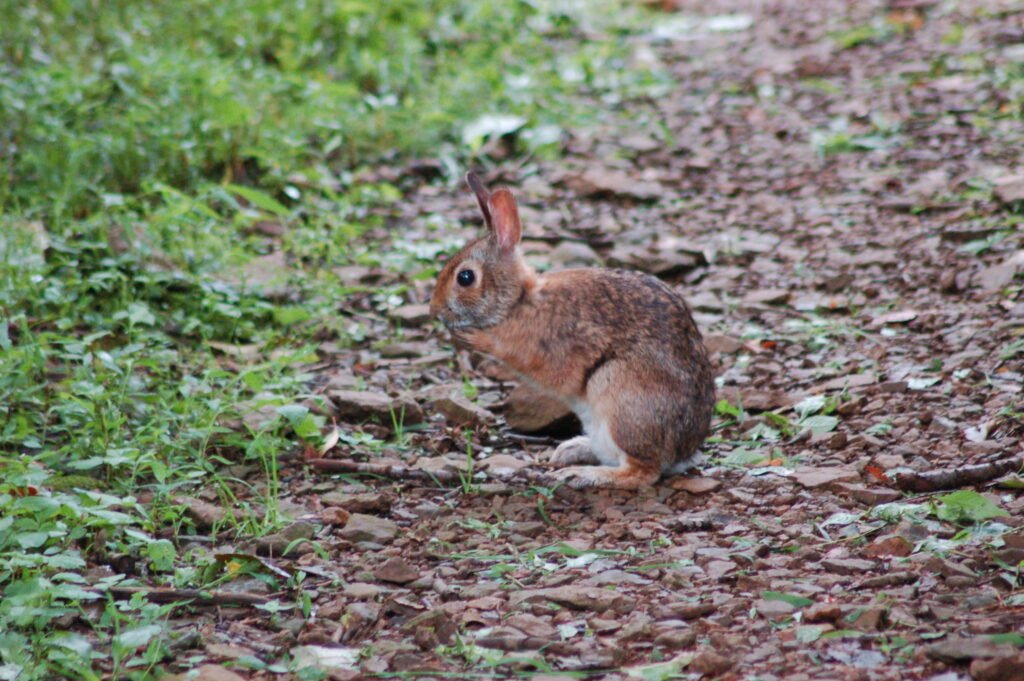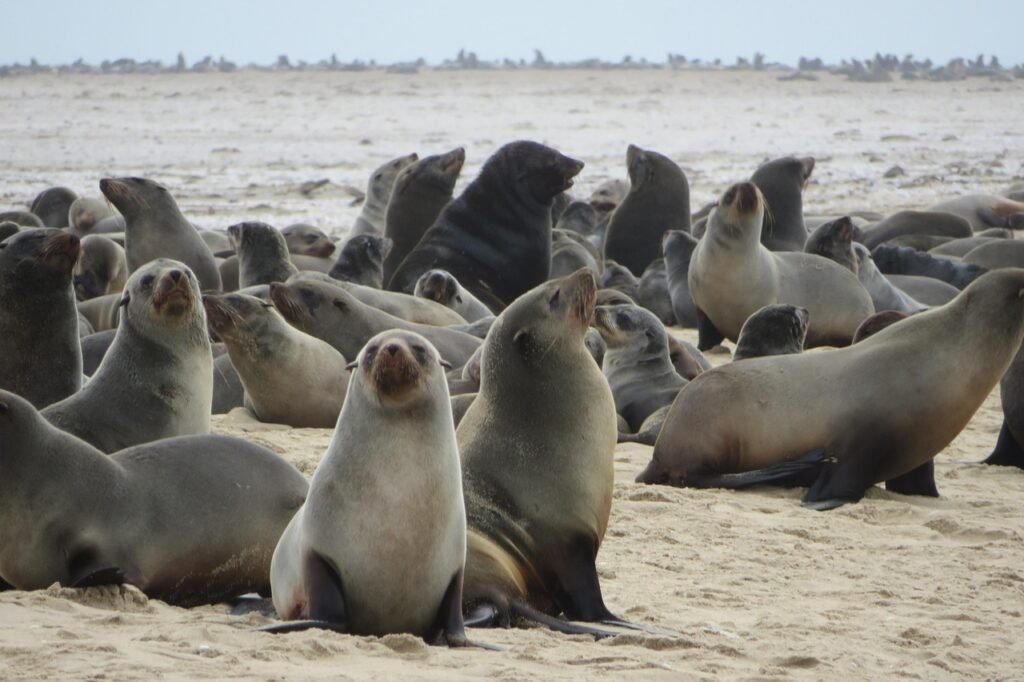The Appalachian Mountains stretch across eastern North America like an ancient spine, holding secrets that have existed for millions of years. Hidden within these misty peaks and deep valleys lives a remarkable collection of creatures found nowhere else on Earth. These endemic species tell stories of evolution, survival, and the unique biological treasures that make this mountain range one of North America’s most extraordinary ecosystems. From the elusive Eastern Hellbender salamander that slithers through mountain streams to the tiny Appalachian cottontail rabbit, these creatures have adapted to life in one of the most biodiverse regions on the planet. The Appalachian range’s isolation has allowed these animals to evolve in ways that are distinct from their cousins found in other parts of the world. Some, like the Northern Flying Squirrel, thrive in the dense forests, while others, like the Carolina Northern Flying Squirrel, are incredibly rare, barely hanging on in remote pockets of the mountains. These unique species are living examples of nature’s resilience, reminding us that some of the Earth’s most precious creatures are hidden in plain sight, just waiting to be discovered.
The Carolina Northern Flying Squirrel
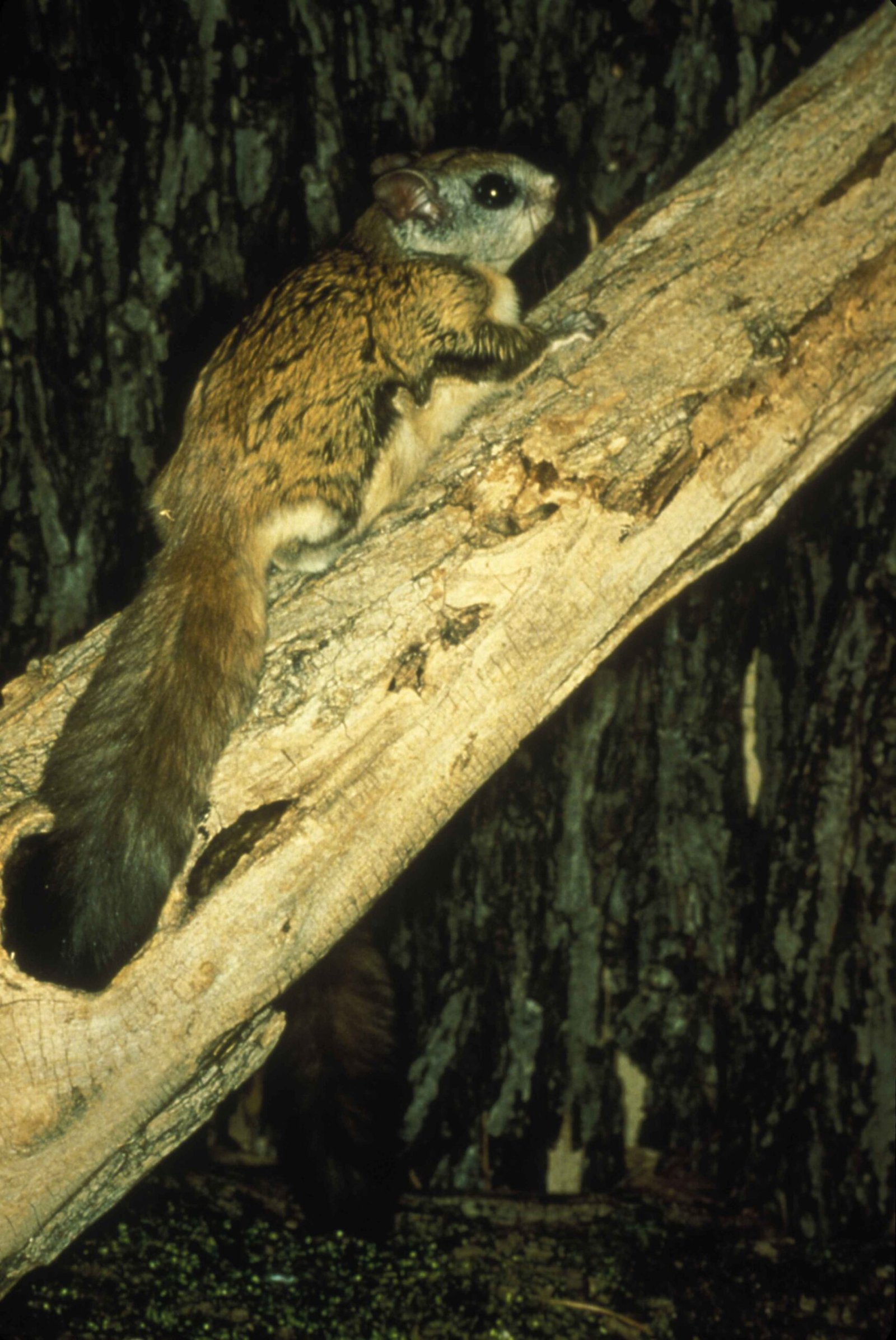
High in the spruce-fir forests of the southern Appalachians, a small furry acrobat glides silently between the trees. The Carolina northern flying squirrel, found only in the southern Appalachian Mountains, is a subspecies of the northern flying squirrel. This remarkable creature represents one of the most compelling stories of ice age survival in these ancient mountains.
In the last Ice Age, ice sheets covered North America, driving many creatures south. As temperatures warmed and the ice sheets receded, many plants and animals remained in the mountain peaks of Southern Appalachia. These flying squirrels became isolated from their northern relatives, evolving into their own distinct subspecies over thousands of years.
They are typically found in cool and moist areas of high elevation, like mixed red spruce-northern hardwood and spruce-fir forests. The species can be found in Southwest Virginia, Western North Carolina and East Tennessee. Unlike their southern cousins who prefer warmer, lower elevations, these specialized gliders need the cool mountain air to survive.
The Appalachian Cottontail
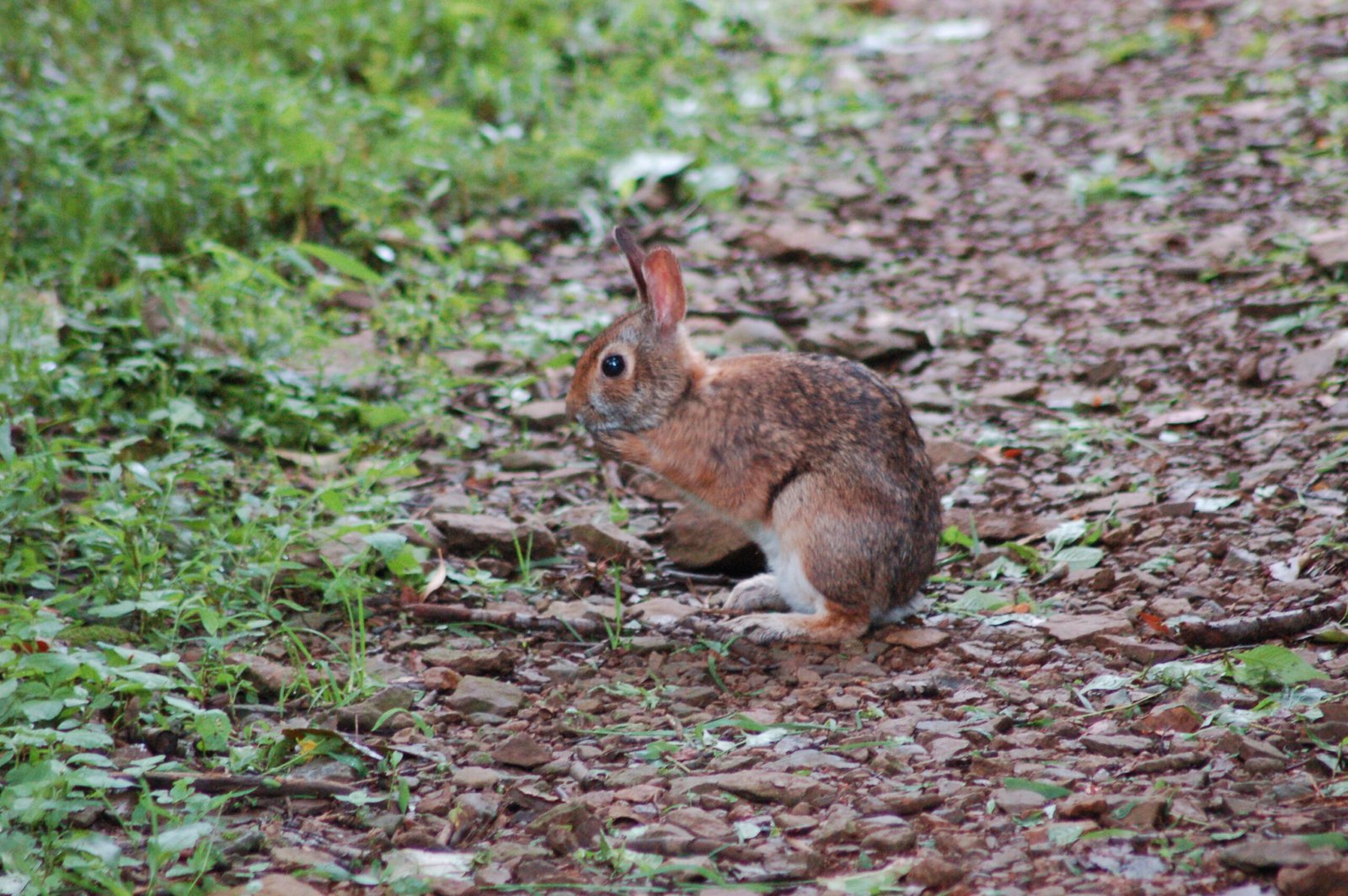
The Appalachian cottontail is a rare species of rabbit found throughout the Appalachian Mountains. With its brown upper body and white underside, it can be difficult to distinguish from the eastern cottontail. But look closer – this mountain dweller has its own unique characteristics that set it apart from its more common relatives.
The Appalachian cottontail tends to be of smaller build and sports a black spot between its ears rather than a white spot on the forehead, which is common to eastern cottontails. This subtle difference reveals an entirely different evolutionary story. The Appalachian cottontail was first described as a distinct species in 1992. If you see a cottontail at an elevation of 2,500 feet or greater in the Appalachian region, it is likely an Appalachian cottontail.
These rabbits have adapted to life in the mountains’ harsh conditions, preferring brushy areas and young forests where they can find both shelter and food. Their smaller size actually helps them navigate the dense underbrush that characterizes their highland habitat.
The Southern Appalachian Salamander
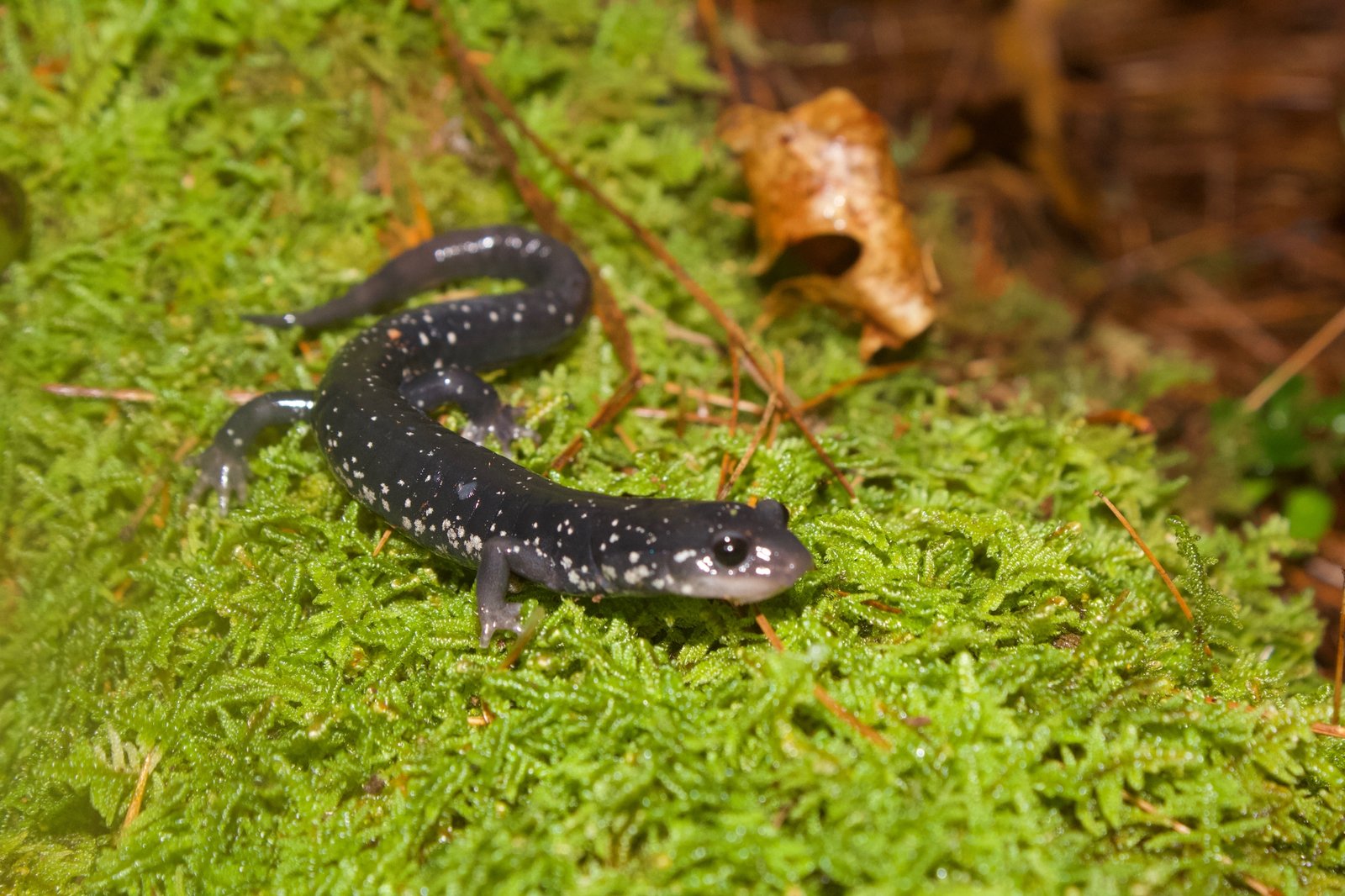
The southern Appalachian salamander (Plethodon teyahalee) is a species of salamander in the family Plethodontidae. This species also belongs in the Plethodon Glutinosus complex, which is also known as the group of Lungless Slimy Salamanders in the Eastern United States. This sleek, dark creature represents the incredible diversity of salamanders that has made the Appalachians famous among biologists worldwide.
A large, black salamander (4.75 to 6.75 inches in length) with scattered small white spots on the dorsum. White spots on the sides are larger than on the back. These salamanders have developed fascinating survival strategies for mountain life, including the use of multiple retreat holes to escape from drying conditions during the day.
Found under rocks, logs, and leaf litter in moist forested woodlands, especially mountain valleys. Diet: Variety of invertebrates: millipedes, beetles, ants, flies, snails, and moth larvae. They emerge at night to hunt, playing a crucial role in controlling insect populations in their mountain ecosystem.
The Blue Ghost Firefly
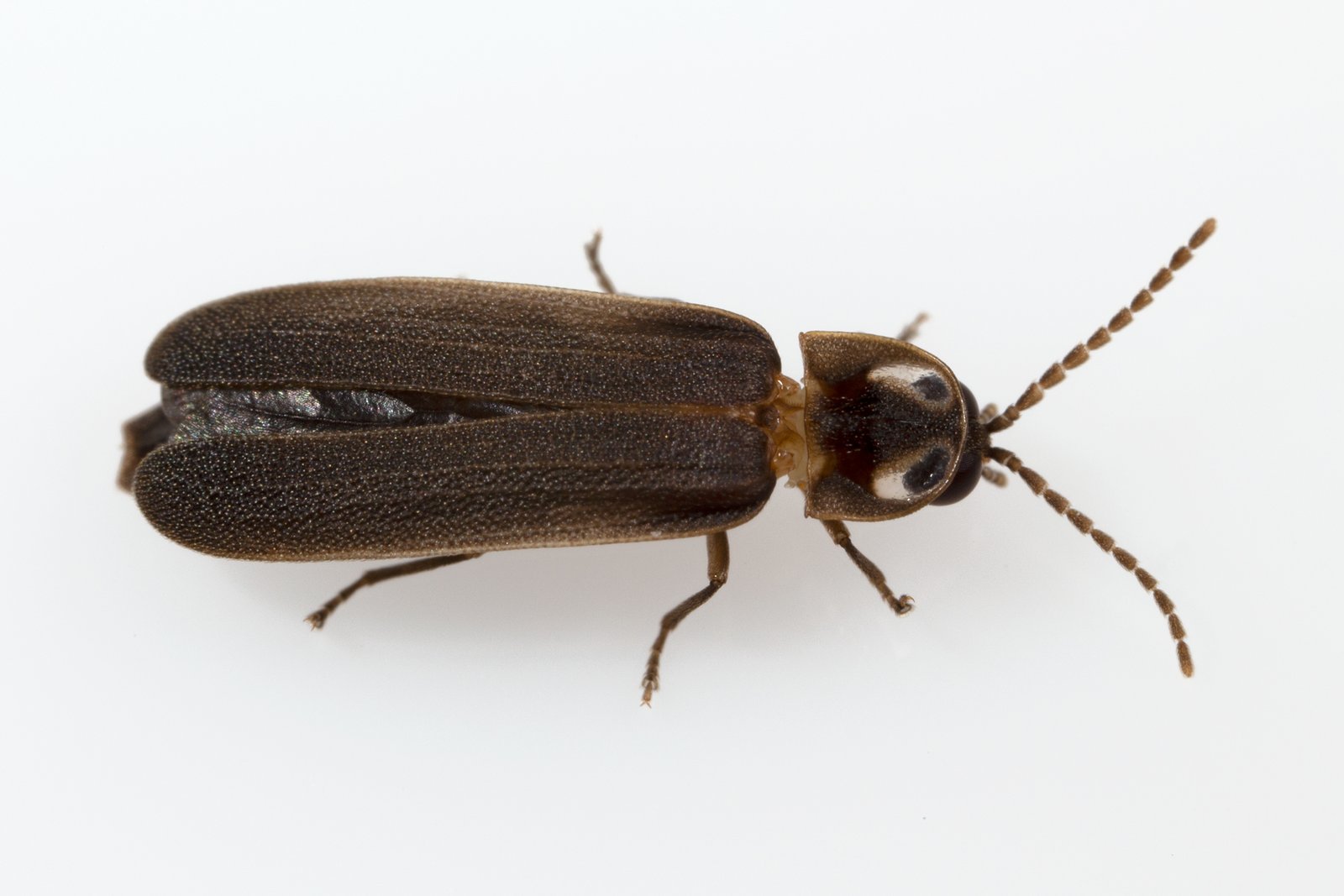
Picture this: you’re walking through a dark Appalachian forest in late May when suddenly, ethereal blue lights begin floating through the trees like tiny spirits. The Blue Ghost, or phausis reticulata, is one of the rarest species of firefly, found throughout eastern North America with notable populations in the southern Appalachians; Western North Carolina boasts the largest population. They can only be viewed from about mid-May to mid-June, give or take a few weeks.
Unlike the familiar yellow fireflies of childhood memories, these creatures emit an otherworldly blue-white glow. While other fireflies flash on and off like a warning light, blue ghosts glow for up to a minute at a time. This steady illumination creates an almost supernatural experience for those lucky enough to witness it.
About the size of a grain of rice, the male blue ghosts have wings, but the females do not, creating a mesmerizing game of hide and seek. The females look like they are still in larva form, with transparent bodies revealing their minuscule organs. They crawl among the leaf litter, tiny but fierce predators who snack on critters several times their size, such as worms or snails.
The Shovelnose Salamander
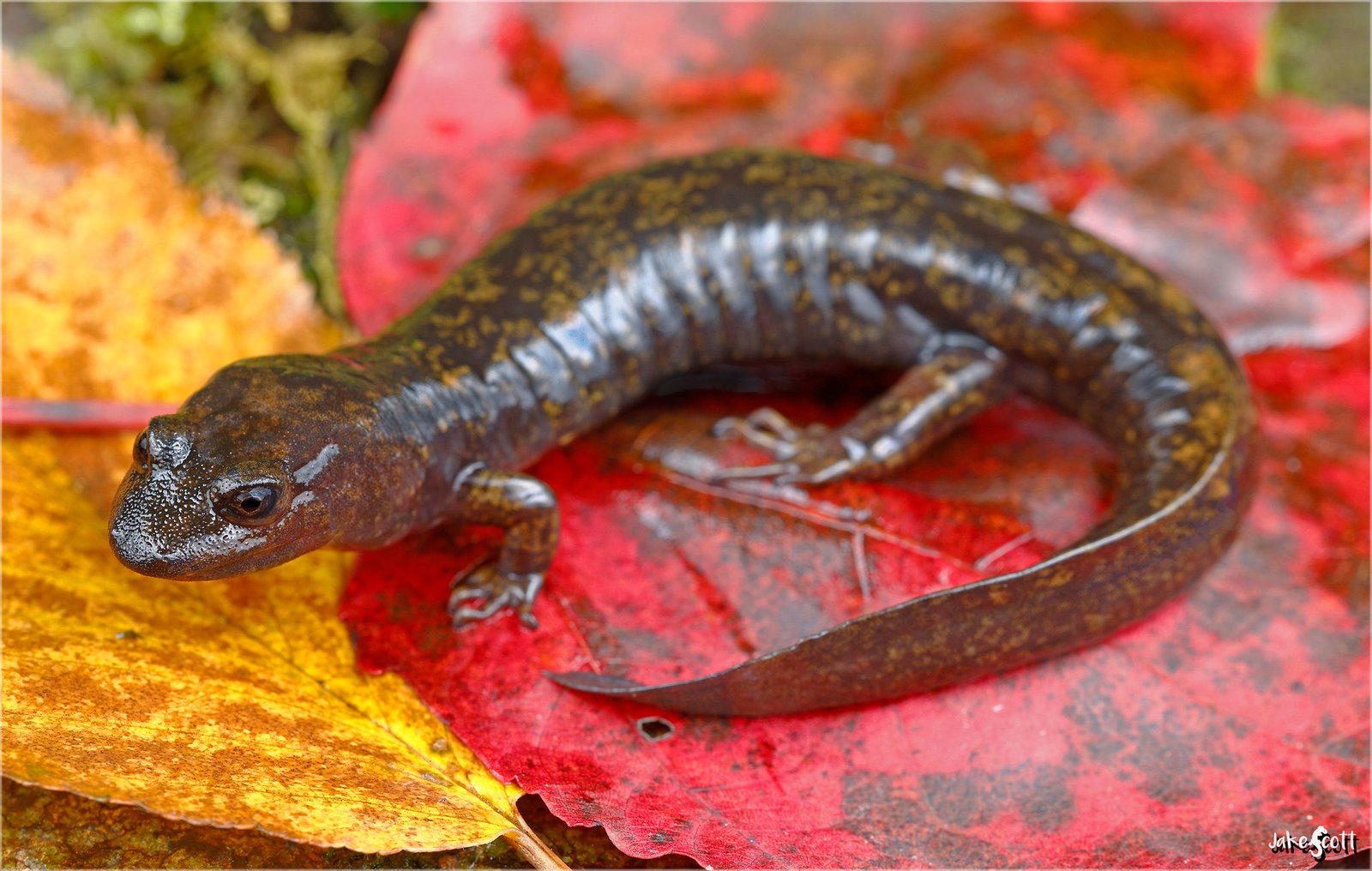
The Shovelnose Salamander is endemic to the Appalachian Mountains in the South-eastern region of the United States, spreading over states like Virginia, Georgia, Tennessee, and North Carolina. This aquatic specialist has evolved specifically for life in the crystal-clear mountain streams that cascade through Appalachian valleys.
They live in well-oxygenated and cool streams with sufficient rocks and gravels. Although, they sometimes climb on land during rainy weather. They depend heavily on flowing streams with rocks because they are vulnerable. These salamanders are living indicators of water quality – their presence means the stream ecosystem is healthy.
Unlike many salamanders that venture onto land regularly, shovelnose salamanders are almost entirely aquatic. An adult shovelnose salamander feeds on aquatic invertebrates like snails, crayfish and insects. They adopt an ambush foraging strategy. They hide among rocks during the day and emerge at night to hunt, using their specialized body shape to navigate swift currents.
Virginia Big-Eared Bat
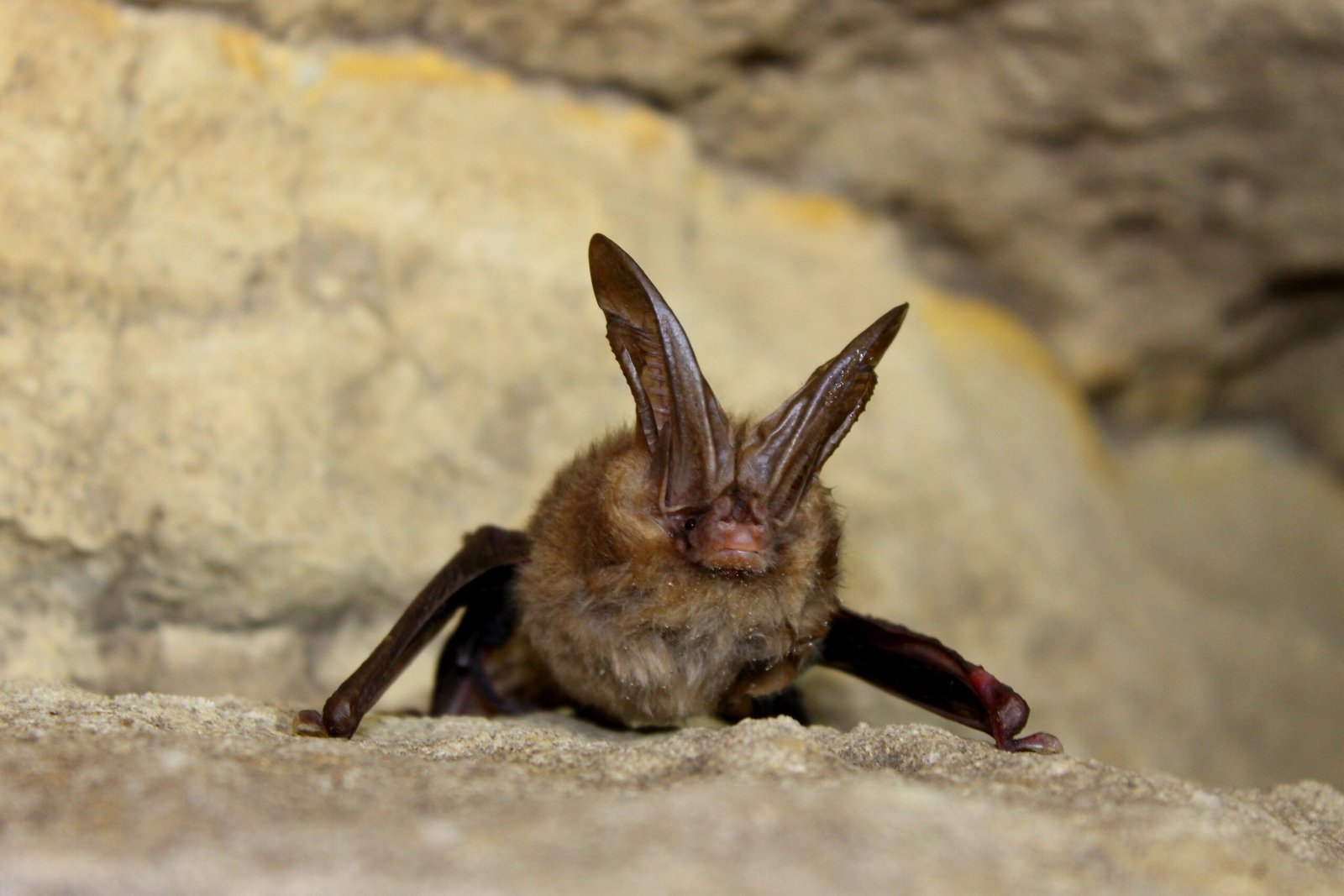
The Virginia Big-Eared Bat, with its oversized ears and unique appearance, is another rare species that calls the Appalachian Mountains home. This nocturnal mammal is often found in caves and old mine shafts, where it roosts during the day. The bat is crucial for the ecosystem, helping control insect populations, but its numbers have been dwindling due to habitat disturbances and white-nose syndrome, a fungal disease that affects bats. Despite these challenges, efforts to protect its cave habitats and monitor populations have helped stabilize the Virginia Big-Eared Bat’s numbers in certain areas, offering hope for its future survival.
Eastern Hellbender
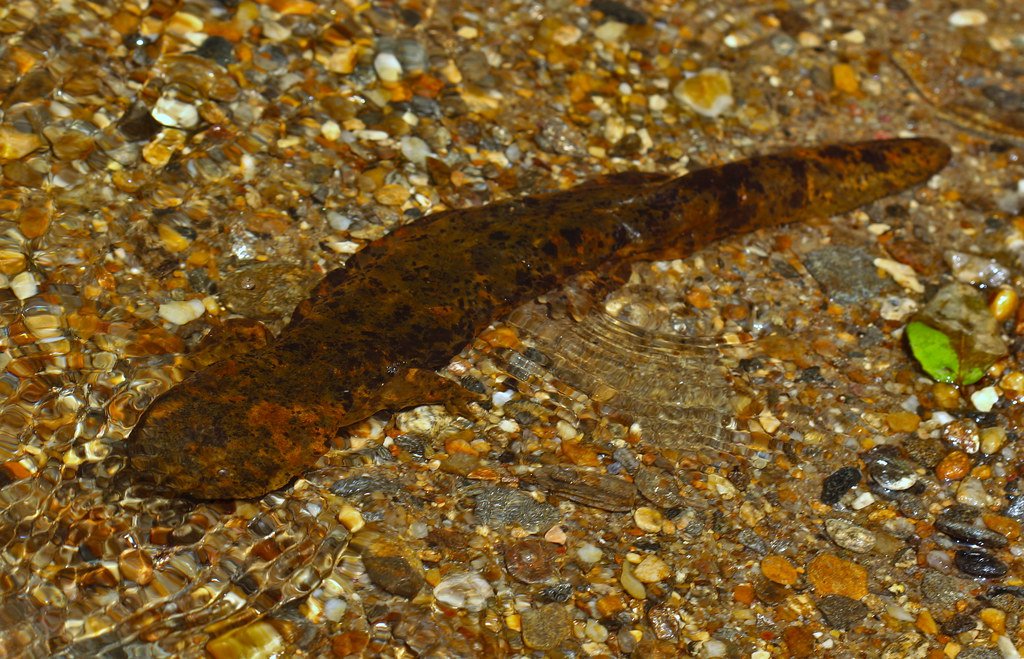
The Eastern Hellbender, often referred to as the “snot otter” due to its slimy appearance, is one of the most fascinating—and endangered—species in the Appalachian Mountains. This giant aquatic salamander thrives in the cool, fast-moving streams of the region, where it uses its wrinkled skin to absorb oxygen from the water. Unfortunately, the hellbender’s population has plummeted due to pollution, habitat destruction, and the damming of rivers. Conservation efforts are underway to protect the streams where they live, but these creatures remain incredibly vulnerable. The hellbender’s plight is a stark reminder of the fragility of our freshwater ecosystems and the importance of preserving them for future generations.
The Bog Turtle
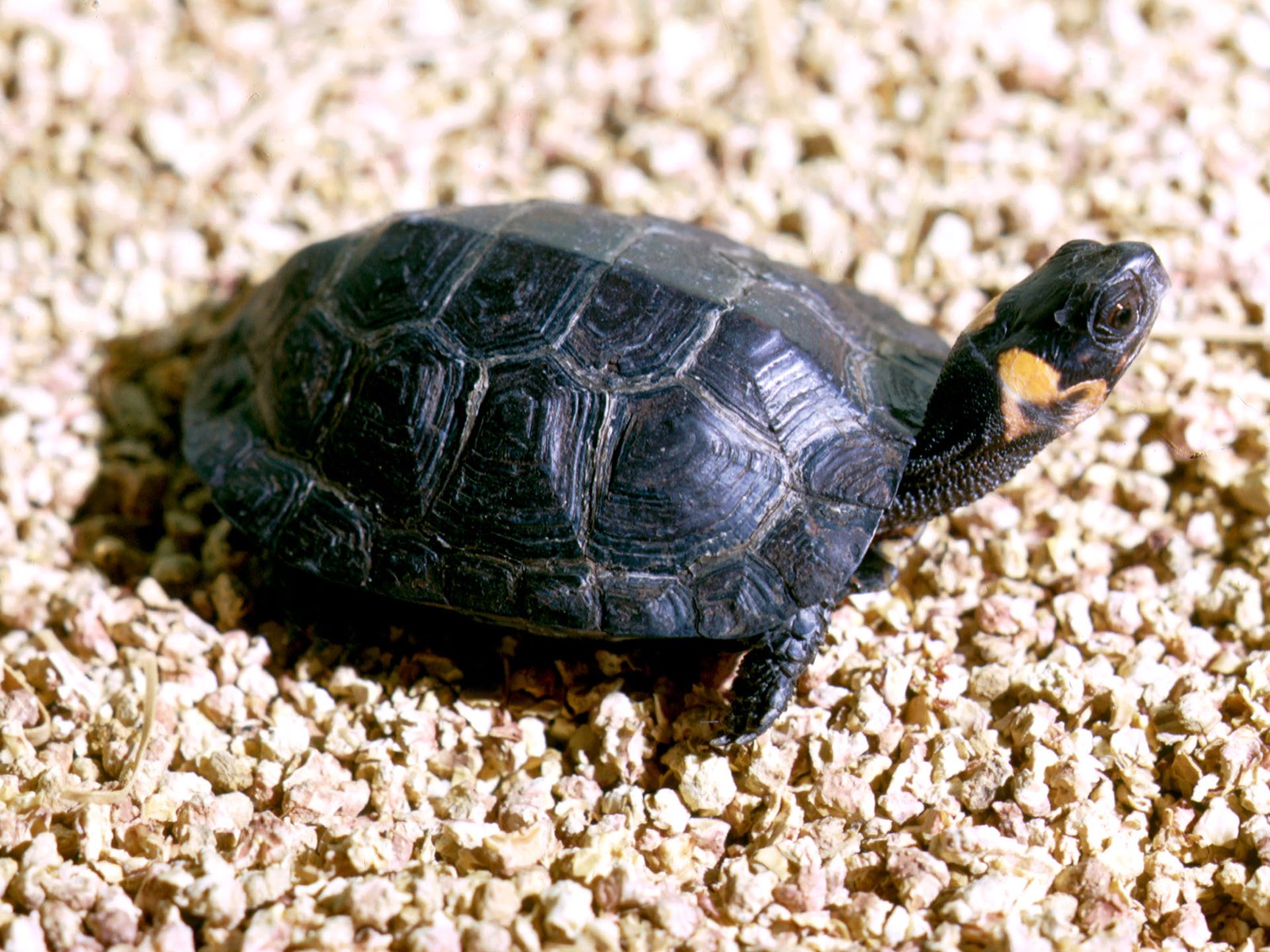
Ranging from 3 to 4 inches in length, the smallest turtle in North America calls the Appalachian Mountains home. The bog turtle can be identified by its reddish-brown shell and patches of bright yellow on both sides of the neck region. These tiny reptiles pack remarkable adaptability into their small shells, thriving in the unique wetland environments scattered throughout the mountains.
There are two distinct populations of bog turtle, one centering in the Northeast and the other in and near the Blue Ridge Mountains of the Southeast. The northern population is found in New York, Pennsylvania, Massachusetts and Maryland. This distribution pattern reflects the complex geological and climatic history of the Appalachian region.
These turtles hibernate in muddy areas anywhere from 6 to 18 inches deep in winter months. Despite their small size, bog turtles are incredibly hardy, surviving freezing mountain winters by burrowing deep into the soft sediments of their wetland homes.
The Green Salamander Complex
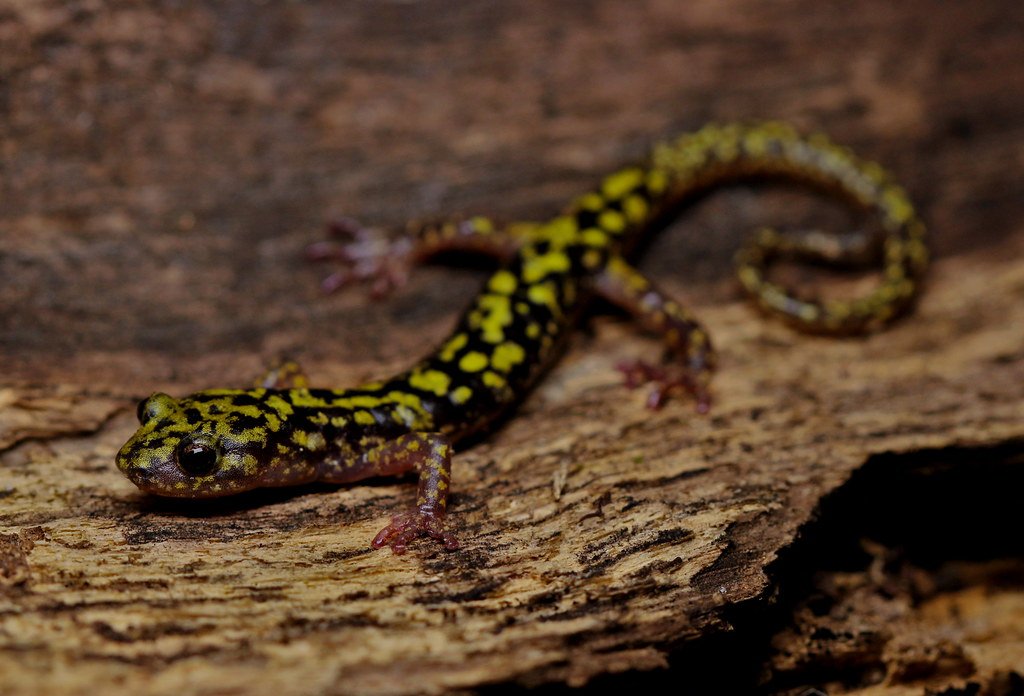
Green salamanders (Plethodontidae: Aneides aeneus) are rock outcrop habitat specialists, possessing numerous unique morphological adaptations (e.g., prehensile tail and squared toe-pads) for climbing. Some authors believe A. aeneus, which is widely distributed across the Appalachian Mountains of the inland eastern United States, comprises a species complex due to substantial karyotypic variation among populations.
Recent genetic research has revealed that what scientists once thought was a single species is actually multiple distinct populations. We conducted a population genetic and phylogenetic study across the range of A. aeneus and discovered substantial genetic structure, including four distinct lineages, one of which we describe as Aneides caryaensis, new species. Restricted to a narrow geographic distribution in western North Carolina, this species faces pressing conservation threats due to rapid real estate and tourism development in the area.
These rock-climbing specialists have evolved remarkable adaptations for life on vertical cliff faces. Their prehensile tails and specialized toe pads allow them to navigate rocky outcrops with the skill of tiny mountaineers, finding moisture and prey in seemingly impossible places.
The Appalachian Elktoe Mussel
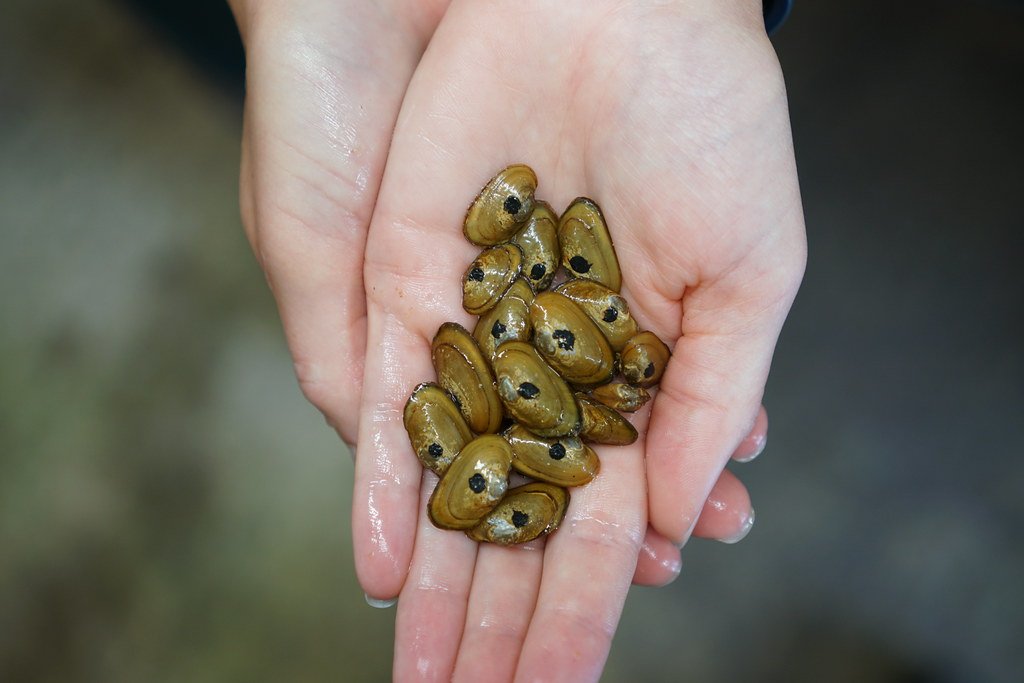
The Appalachian elktoe represents a critical aquatic species: – Habitat: Cool, clean rivers and creeks – Status: Endangered since 1994 – Key Challenges: Water quality degradation and habitat fragmentation Hidden beneath the waters of Appalachian streams, this freshwater mussel plays a crucial but often overlooked role in maintaining water quality throughout the mountain ecosystem.
Like many freshwater mussels, the Appalachian elktoe has a fascinating life cycle that depends on fish hosts. The mussel larvae must attach to specific fish species to complete their development, creating intricate ecological relationships that have evolved over millions of years. When streams become fragmented by dams or polluted by runoff, these delicate connections are broken.
These filter-feeders process thousands of gallons of water during their lifetimes, removing algae, bacteria, and suspended particles. Their presence indicates a healthy aquatic ecosystem, while their absence signals environmental problems that affect all stream life, from salamanders to trout to the humans who depend on clean mountain water.
Conclusion
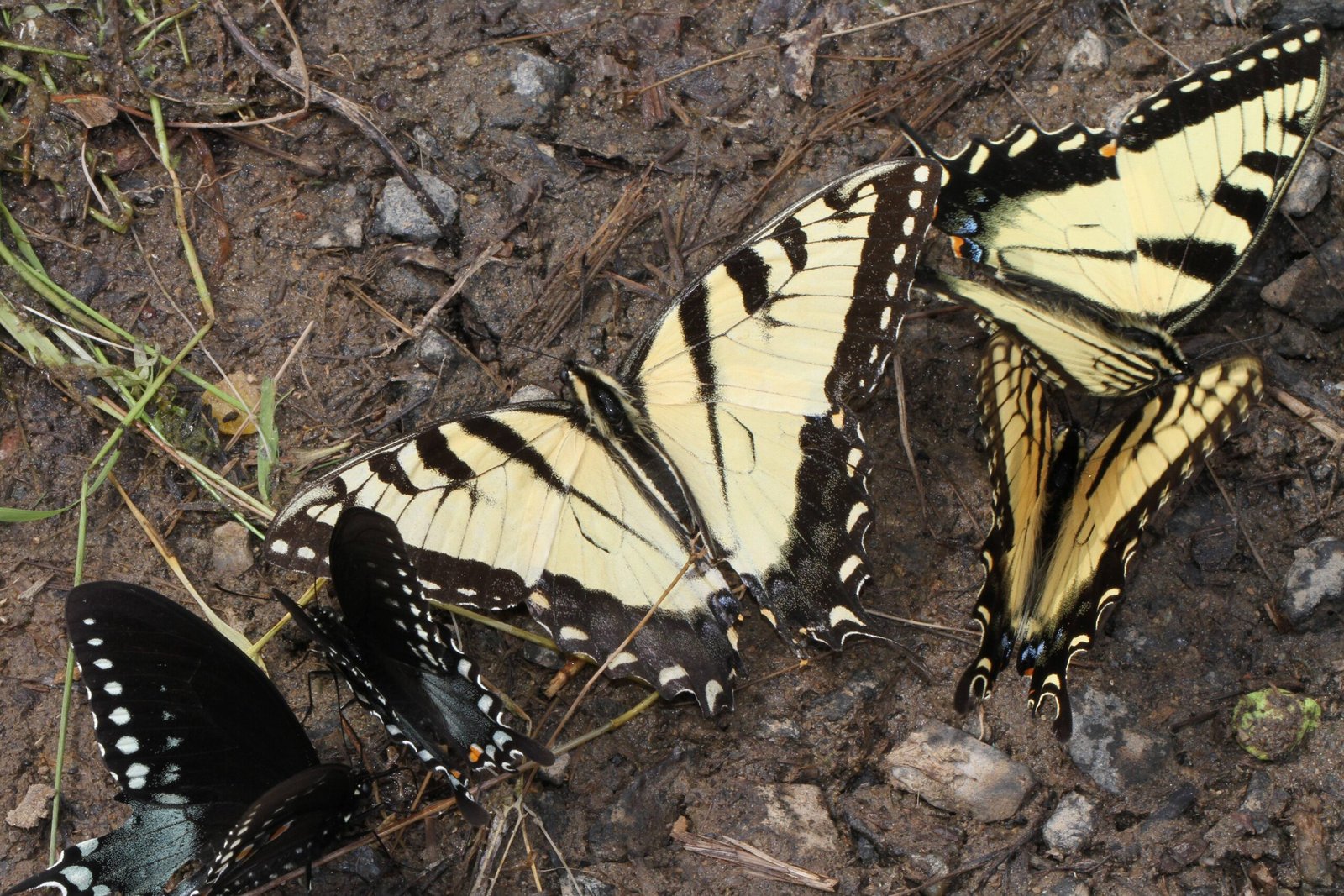
The endemic species of the Appalachian Mountains represent evolutionary masterpieces sculpted by millions of years of geological change, climate fluctuation, and ecological isolation. From salamanders that breathe through their skin to fireflies that glow blue in the darkness, these creatures embody the unique character of one of North America’s oldest mountain ranges.
Each of these ten species tells a story of adaptation, survival, and the intricate connections that bind mountain ecosystems together. They remind us that biodiversity isn’t just about numbers – it’s about the irreplaceable evolutionary experiments that can only happen in special places like the Appalachians. As development pressure increases and climate change accelerates, protecting these endemic treasures becomes more critical than ever.
The next time you walk through an Appalachian forest or alongside a mountain stream, remember that you’re entering one of the most biologically unique regions on the continent. Every rock might shelter a rare salamander, every meadow might harbor an endemic wildflower, and every misty evening might reveal the ghostly blue glow of fireflies found nowhere else on Earth. What other secrets do you think these ancient mountains are still keeping?

